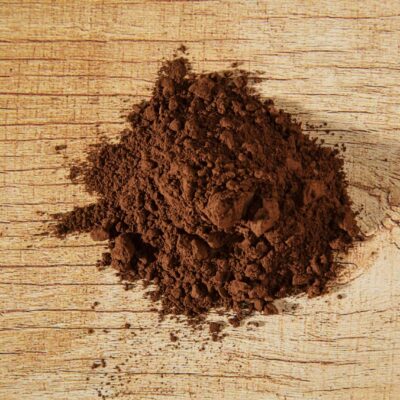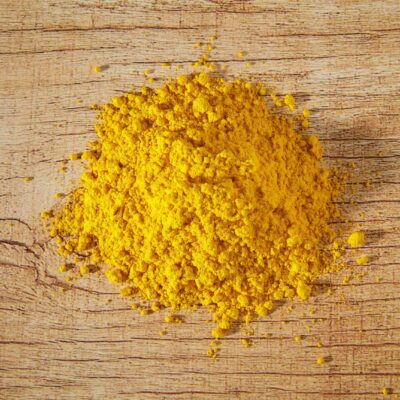Description
Bump
Kimrööki is a covering, slightly bluish black pigment with good light resistance. Kimröökö can be used for several binders, although it is difficult to mix with water -binding binders. It can be used in combination with all pigments. Pigments can be used e.g. paint and in various decorative and art paintings. Pigment is used for painting paint, gypsum, concrete, lime mortar, cement, paper and cardboard, etc. The result of the color depends on the amount of the pigment used and the binder used.
A suitability
Light resistance: Good
Water -based binders: good
Oil -based binders: good
Lime and cement: good
The use of pigments to tint the paint
In the tinting of oil paints, the pigment is first mixed with either turpentine or cooked linseed oil (in his verno) to provide a so -called. Tinting pasta. The pigment is mixed so that the paste becomes smooth and fairly thick. The prepared paste is added to the paint until it is the shades of the desired. The proportion of the pigment should not be more than 10% in the finished paint, as too much pigment increase reduces the ability of the paint to grab its substrate and the paint may stain even as dry. Thus, white paint does not get very dark shades. The binder levels of different paints vary, so the tinting is always paint -specific.
Kimrököki in paint making
Self -made oil paint for indoor use (approx. 1 liter)
Homemade oil paint is suitable for furniture painting and oil glass production. Changing the number of pigments can affect the paint coverage.
5 dl cooked linseed oil
1 dl general
about 500-700g pigmented, depending on the color
0.5 dl serotine
The ingredients are measured, for example, in a three -liter container and mixed heavily with a paint mixer attached to the drill, depending on the roughness of about 15-60 minutes of pigments. Finally, the paint can be filtered so that the insoluble pigment rocks are removed. If the paint feels too thin, you can thicken it by adding chalk flour needed . Different pigments react differently; Some need more oil to dissolve than others. Usually heavy pigments dissolve in a smaller amount of oil than light dusting pigments. When making small batches, the pigments dissolve in a smaller amount of oil than light dusting pigments.





